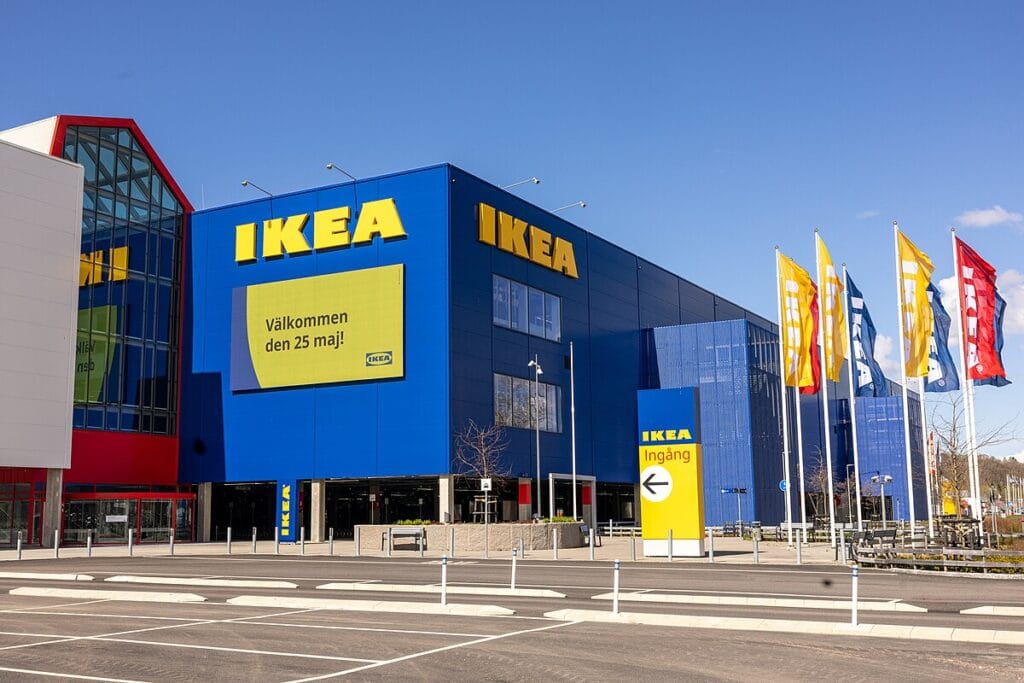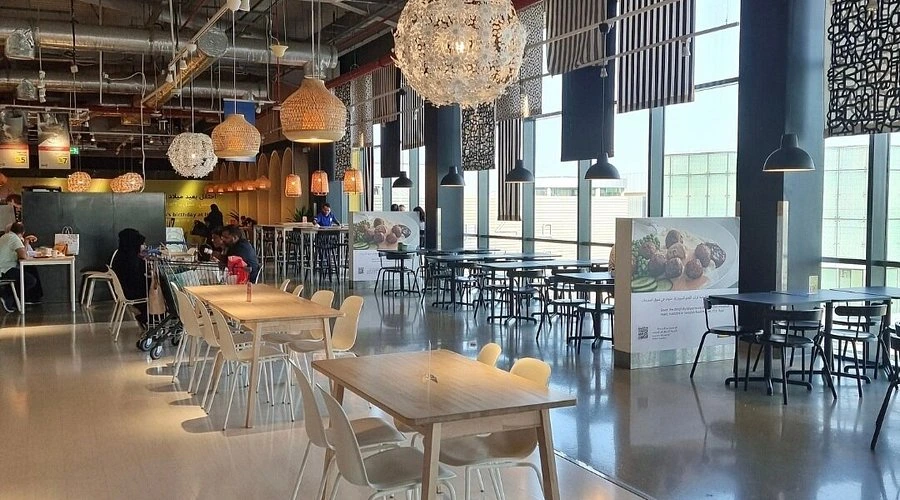Introduction: The Global Icon of Home Furnishing
When you think of ready-to-assemble furniture, Scandinavian design, and affordable home solutions, one name instantly stands out — IKEA. What started as a small Swedish mail-order business in the 1940s has now become a global phenomenon, revolutionizing how people decorate and furnish their homes. With over 400 stores across 50+ countries, IKEA isn’t just a furniture retailer — it’s a lifestyle brand that resonates with millennials, families, students, and minimalists alike.

The Origins: From a Small Village in Sweden
IKEA was founded in 1943 by Ingvar Kamprad, a 17-year-old entrepreneur from Småland, Sweden. The name IKEA is an acronym derived from:
- I – Ingvar (founder’s first name)
- K – Kamprad (surname)
- E – Elmtaryd (the farm where he grew up)
- A – Agunnaryd (his hometown)
Originally selling small household goods like pens, wallets, and picture frames, IKEA introduced its first furniture line in 1948 — and there was no turning back.
What Makes IKEA Unique?
1. Flat-Pack Furniture
One of IKEA’s biggest innovations was flat-pack design — allowing furniture to be packed in flat boxes for easier transport and reduced shipping costs. Customers assemble products themselves, cutting down the cost and carbon footprint.
2. Scandinavian Design Philosophy
IKEA’s design is known for simplicity, functionality, and minimalism. Think clean lines, neutral tones, and multi-functional furniture. It’s form meeting function at its best.
3. Affordable Pricing
By controlling production, using cost-effective materials, and encouraging self-service, IKEA offers stylish products at a fraction of the price of traditional retailers — making modern design accessible to the masses.
4. Sustainable Commitments
IKEA has made strong commitments to sustainability:
- Using recycled and renewable materials.
- Planning to become climate positive by 2030.
- Offering Buy Back & Resell programs to reduce waste.
The IKEA Experience: More Than Just Shopping
Walking into an IKEA store is an experience in itself. The layout mimics an entire home, showcasing every room — from a cozy studio apartment to a family kitchen setup. Customers explore, test, and interact with the products.
And of course, who can forget the IKEA restaurant, famous for its Swedish meatballs, cinnamon buns, and budget-friendly meals?
IKEA’s Digital Transformation
In recent years, IKEA has embraced technology with:
- Online shopping and mobile apps.
- AR tools like the IKEA Place app, which lets users preview how furniture fits into their real homes.
- AI-powered recommendations and personalized design consultations.
This move to digital has helped IKEA remain relevant in an e-commerce-driven world, especially post-pandemic.
IKEA in India: A Growing Market
IKEA entered India in 2018 with its first store in Hyderabad. Since then, it has expanded to cities like Mumbai, Bengaluru, and plans for more.
Key features of IKEA India:
- Locally sourced materials to reduce costs.
- Furniture designed for Indian homes — space-saving and multipurpose.
- Inclusion of local foods in the IKEA restaurant menu.
Indian consumers have responded positively, valuing IKEA’s transparency in pricing and modern design suited to urban lifestyles.
Challenges IKEA Faces
Despite its success, IKEA faces some challenges:
- Assembly issues: Some customers find DIY assembly difficult.
- Logistics & delivery in large countries.
- Sustainability goals vs mass production.
However, the company continues to innovate — investing in circular economy, rental furniture services, and urban mini-stores.
Interesting Facts About IKEA
- IKEA is the largest furniture retailer in the world.
- The IKEA catalogue was once printed more than the Bible!
- IKEA names its products after Swedish words — sofas are named after Swedish towns, beds after Norwegian places.
- The BILLY bookshelf, introduced in 1979, is one of the most sold furniture items ever.
Conclusion: IKEA’s Influence Is Here to Stay
IKEA has changed the way people view furniture — from a luxury to a necessity that can be stylish, functional, and affordable. With a strong commitment to sustainability, innovation, and user-centered design, IKEA continues to shape the future of living spaces worldwide.
Whether you’re moving into your first apartment, redecorating a home, or simply looking for a new lamp — IKEA offers more than products. It offers possibilities.
More For You
1.New Bajaj Dominar 400 Teased: Power Cruiser Set for 2025 India Launch Soon
2.Jurassic World: Rebirth Review – A Roaring Return to the Age of Dinosaurs
3.Ramayana Teaser: Ranbir Kapoor and Yash Shine as Lord Ram and Ravana in a Visual Spectacle

